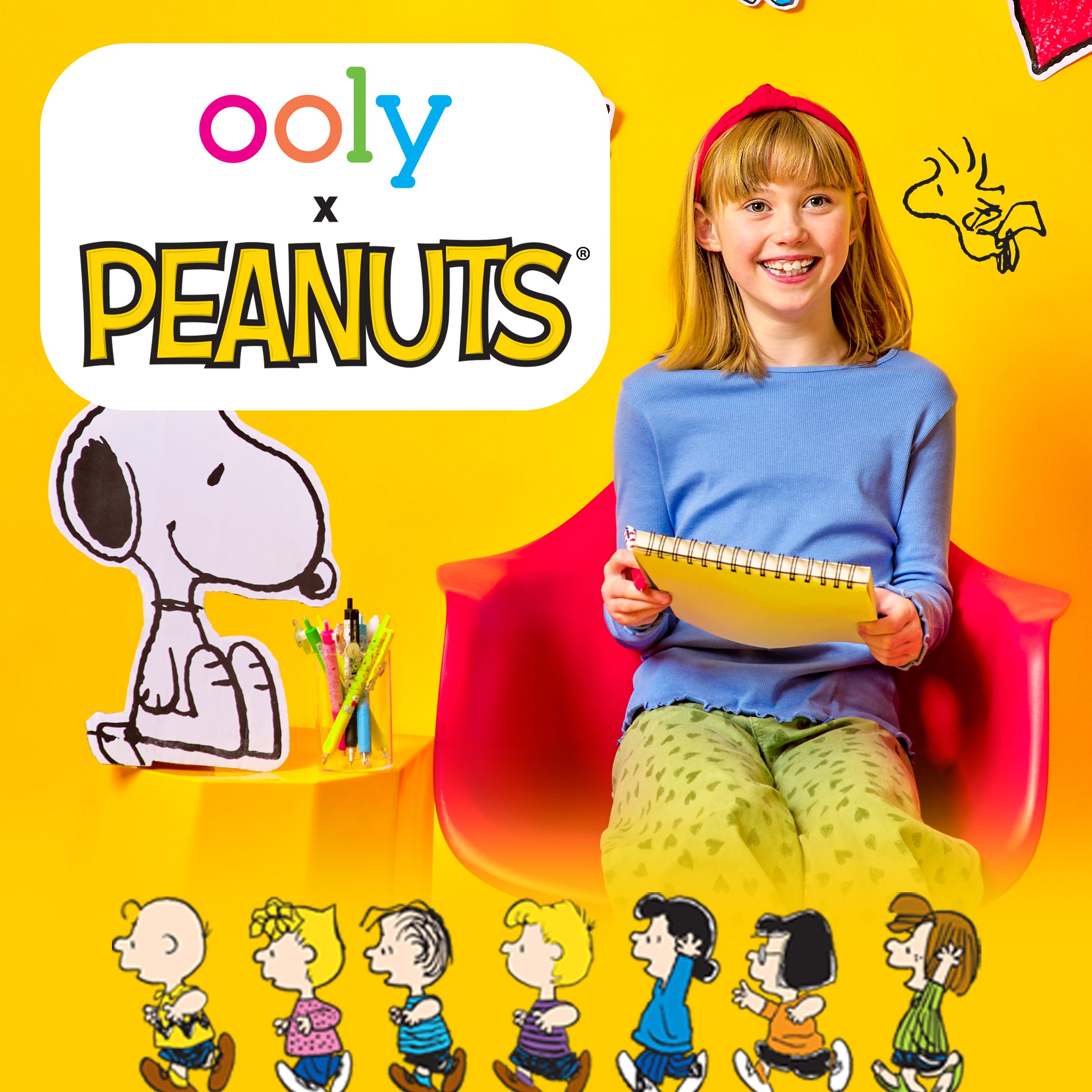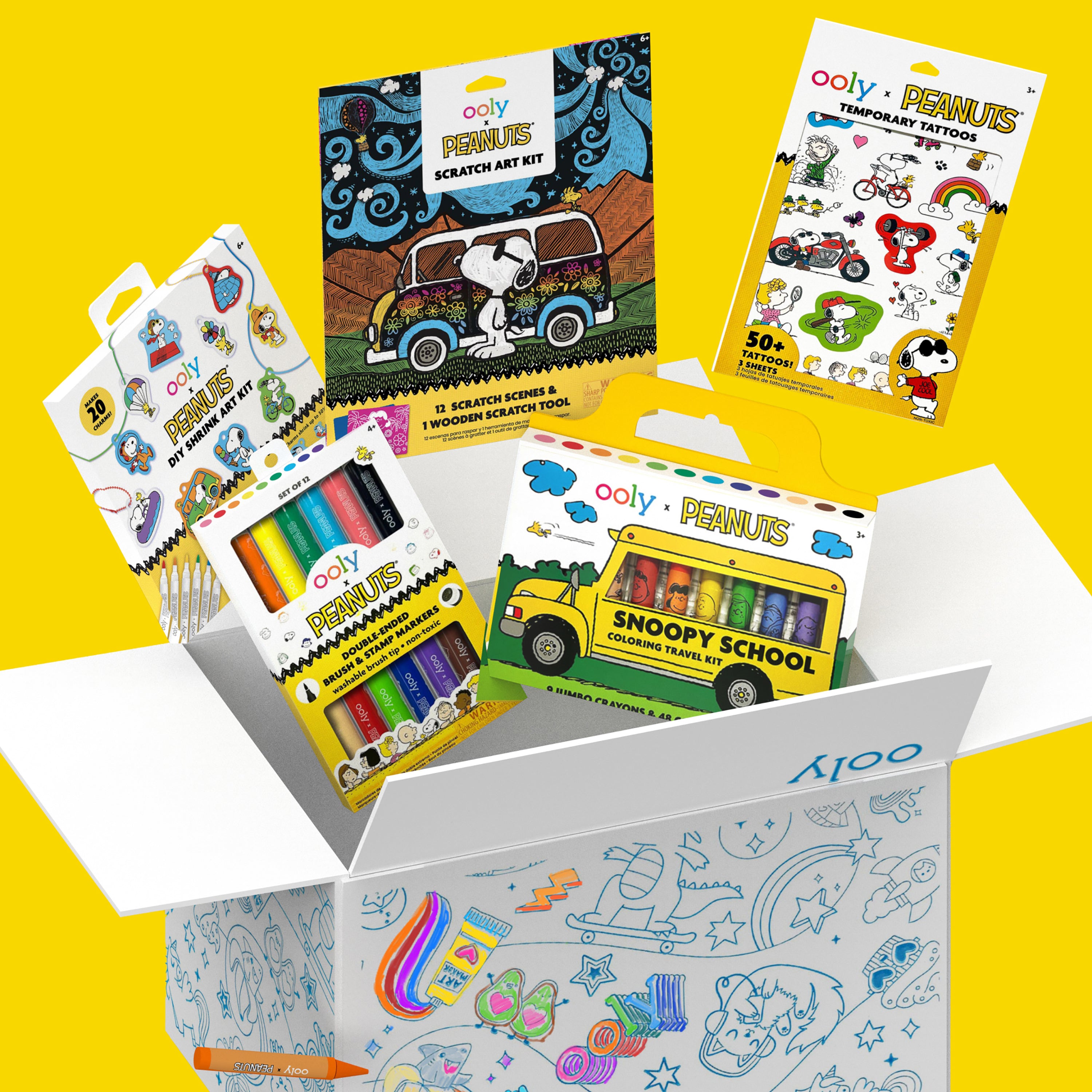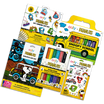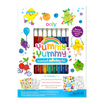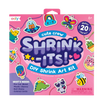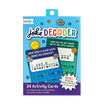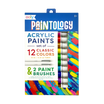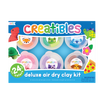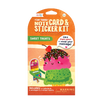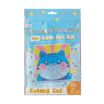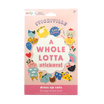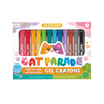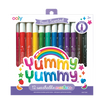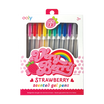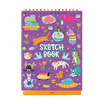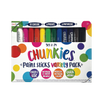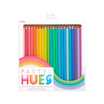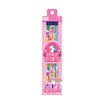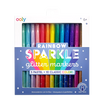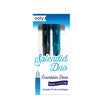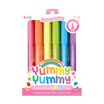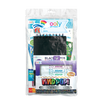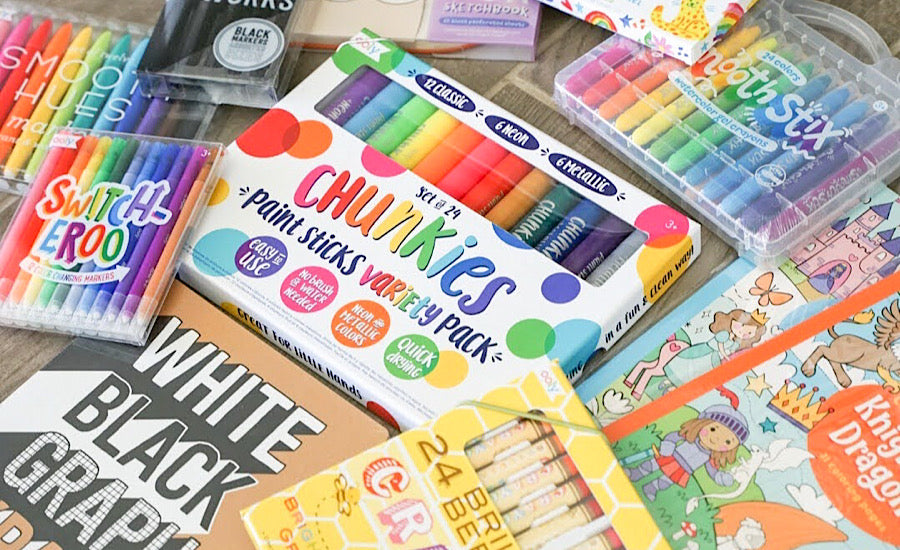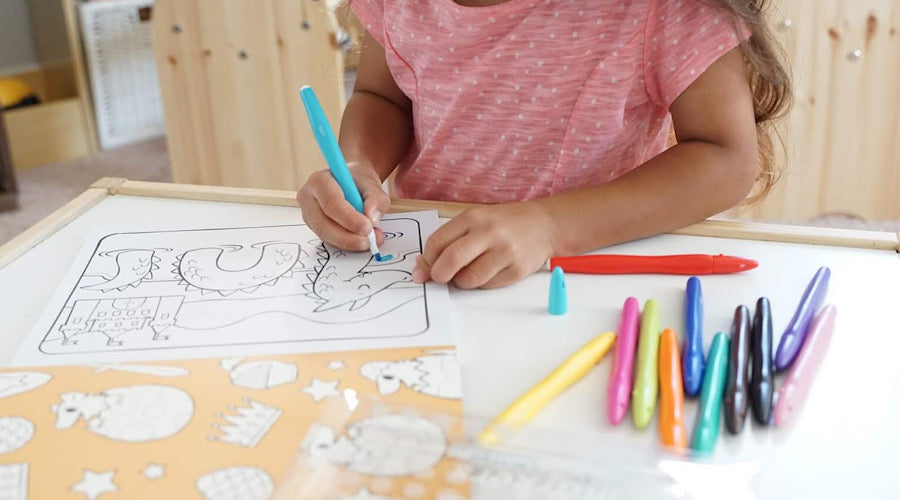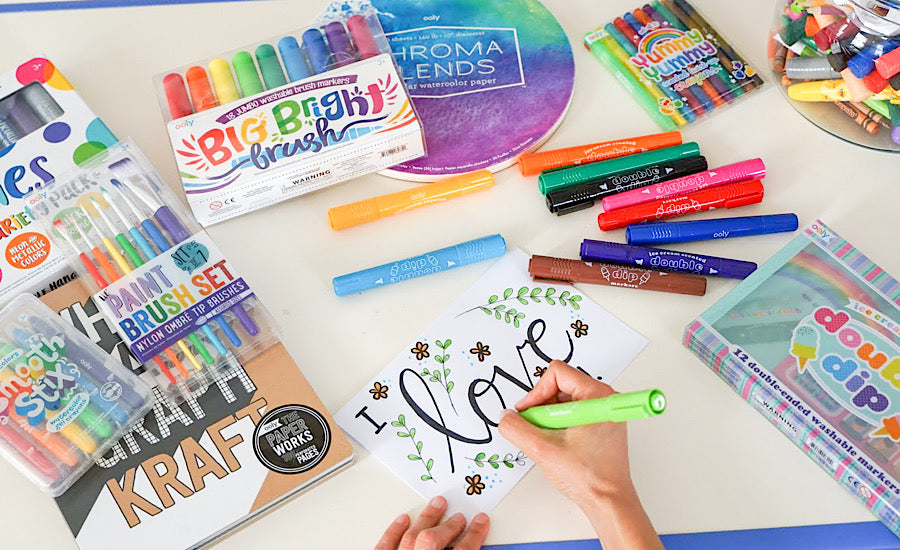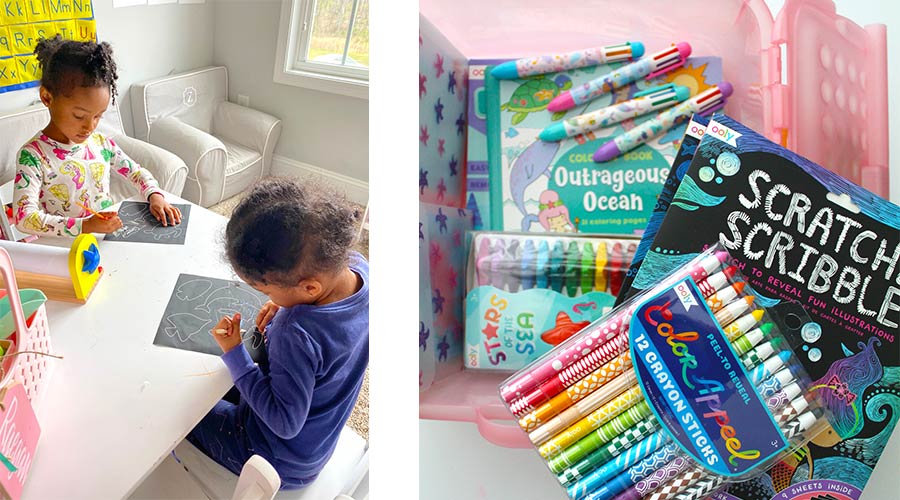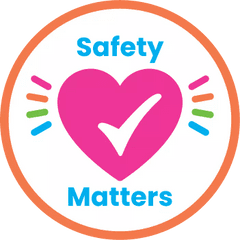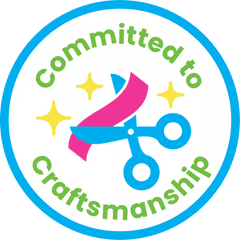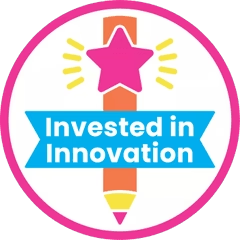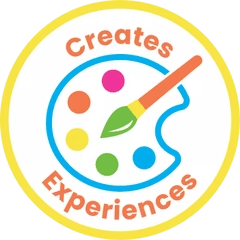 As we approach adulthood, we do not use the benefits of coloring or our creativity nearly enough as we should. Creativity is a valuable skill that benefits adults as much as it does children. Art and creativity give an opportunity for problem solving and trial and error—especially for children.
When a group of children (siblings or friends) do artwork together, they are working together. They can learn to share art items as well as learning compromise and patience. When a child is exposed to art, they are exposed to the world. Living in a diverse world and appreciating diversity allows for a child to be more culturally aware. Children are born curious and art gives them the opportunity to free expression.
As we approach adulthood, we do not use the benefits of coloring or our creativity nearly enough as we should. Creativity is a valuable skill that benefits adults as much as it does children. Art and creativity give an opportunity for problem solving and trial and error—especially for children.
When a group of children (siblings or friends) do artwork together, they are working together. They can learn to share art items as well as learning compromise and patience. When a child is exposed to art, they are exposed to the world. Living in a diverse world and appreciating diversity allows for a child to be more culturally aware. Children are born curious and art gives them the opportunity to free expression.
How Art Helps the Child’s Brain
The human brain is divided into two hemispheres, the right and the left. The two hemispheres of our brain function interdependently meaning that the left side of the brain controls the right side of the body and vice versa. The left side of the brain is responsible for language, math, sequencing and more. The right side of the brain is responsible for creativity, emotions, imagination and more. Although the left side of the brain is responsible for creativity, art also benefits the right side of the brain. When a child participates in art activities, they can begin to understand concepts that the left side of the brain uses (like math). Children can learn about shapes, patterns and more through art! Through art, children also learn about science, cause and effect and develop their cognitive development. For example, a child can say “If I go over the color yellow with a blue marker, it turns green.” Language skills are also being developed during this process. It’s important to ask open ended questions about your child’s artwork. For example, try saying “Tell me about your artwork” instead of “what is your picture of.” When we ask what their picture is, we are saying that it should look like something specific. Asking an open-ended question, allows them to discuss color, shapes, and more. You can expand their vocabulary during this process by talking more in depth about texture, etc.Relaxation is a Benefit of Coloring
Art allows for free expression and having a creative outlet often relieves stress and improves mental health. In our current world, I have turned to art many times as a form of relaxation to reduce stress. It is important to remember that art not only helps children, but also adults. Allowing a child to create freely also helps us understand what the child may be feeling.Fine Motor Skills Improve with Art
More benefits of coloring include helping the child with fine motor skills and hand-eye coordination. Grasping markers, crayons, chalk, paintbrushes and more helps your child become successful with other life tasks they will need later in life. For example, if a child masters grasping a marker, they will have an easier time buttoning their coat, tying their shoes, writing their name and more. Because drawing, painting, etc. requires both hands, a child uses both sides of the brain and therefore will have an easier time learning how to ride a bike. If you find that your child is having a hard time with this, I recommend some tracing paper or stencils to allow your child to practice.How can you encourage art and creativity in your child?
It’s important to remember to support them and allow them to have free expression - focus on the process and benefits of coloring. If your child is very young, try to imitate them by drawing circles, lines, etc. Provide your child with choices. Having a wide range of materials on hand for your child to use encourages creativity. Switch-Eroo’s! These are my daughter’s favorite! These have a perfect grasp for her hand and they are different and much more exciting than your average marker. You color with using the color tip first and then with the white tip. When the white tip covers the color on the paper, it changes colors!
Switch-Eroo’s! These are my daughter’s favorite! These have a perfect grasp for her hand and they are different and much more exciting than your average marker. You color with using the color tip first and then with the white tip. When the white tip covers the color on the paper, it changes colors!  Chunkies Paint Sticks. These are great for beginning artists! My children started using these around age two and it helped them learn how to grasp the marker and practice their fine motor skills. These twist up and down, which also helps with their muscle control!
Chunkies Paint Sticks. These are great for beginning artists! My children started using these around age two and it helped them learn how to grasp the marker and practice their fine motor skills. These twist up and down, which also helps with their muscle control!
 Princesses and Fairies Coloring Book & Knights and Dragons Coloring Book. These are great for the artist who isn’t sure where to start. I love the Smooth Hues Markers with the coloring books!
Princesses and Fairies Coloring Book & Knights and Dragons Coloring Book. These are great for the artist who isn’t sure where to start. I love the Smooth Hues Markers with the coloring books!
 Brilliant Bee Crayons. These are great and they are thicker for smaller hands to grasp and practice their fine motor skills, my favorite!
Enjoy the benefits of art with these top tips!
Brilliant Bee Crayons. These are great and they are thicker for smaller hands to grasp and practice their fine motor skills, my favorite!
Enjoy the benefits of art with these top tips!

